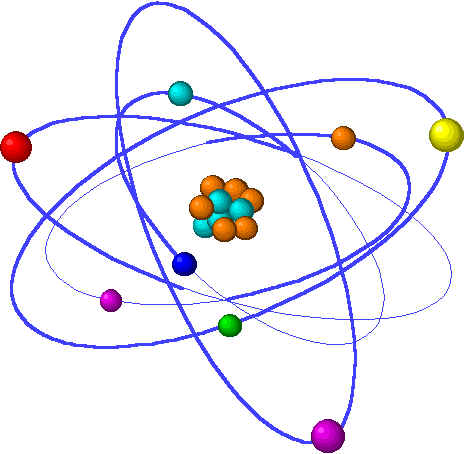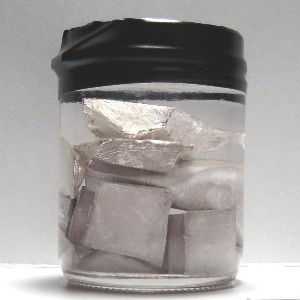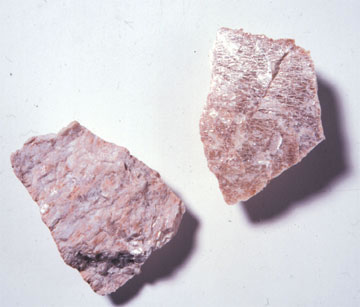Difference Between Sodium and Potassium

Every element has its distinctive chemical and physical properties. However, the periodic table of elements has arranged all the discovered natural and artificial elements according to their common chemical and physical properties. The periodic table is arranged in vertical ‘Groups’ and horizontal ‘Periods’. Always remember that the n Group number determines the number of electrons in the outmost shell (also known as valence shell) of the atom, while the Period number depicts the number of shells every atom has. These two attributes of the periodic table determine a number of properties of most elements. Sodium and Potassium are one of the most reactive metallic elements of the periodic table and are present in the same Group.
Sodium is a member of Group 1, which is also called Alkali Metals because of their properties to form alkalis after reacting with water. It is a metal but possess certain physical properties which differ from typical metals. Sodium has shiny appearance, is very light, less dense and softer than other metal.
Potassium comes below Sodium in the Group 1 and possesses more or less the same physical and chemical properties. It can also float on water surface, is light weight and can easily be cut by a knife. Since the properties of a Group show a regular trend, Potassium is more reactive than sodium.
Instructions
-
1
Sodium
It has the Atomic Number of 11 and Atomic Mass of 23. It has 11 protons and 12 neutrons inside its nucleus, while 11 negatively charged electrons revolve around it. Sodium comes in the third Period and has three electron shells. The shell closest to the nucleus contains two electrons, the next one has eight while the valence shell contains one electron. For completing its octet and becoming stable, sodium releases one outermost electron to become a positively charged ion. It is higher in the Group than potassium and hence lesser reactive. Sodium reacts vigorously with water, producing a lot of heat.
Image Courtesy: hobart.k12.in.us
-
2
Potassium
Having the Atomic Number of 19 and Atomic Mass of 39, Potassium’s nucleus consists of 20 neutrons and 19 protons, while 19 electrons are present revolving around it in orbits. Potassium lies in the fourth Period and hence, it is its fourth shell which contains one electron to lose. Since the distance of the valence electron and the nucleus increases with more number of shells, it becomes easier for the outmost electron to break away. Hence, potassium can become an ion very easily and is therefore more reactive than sodium. Its chemical properties are very similar to sodium’s but have greater intensity.
Image Courtesy: chemistry.wikia.com







